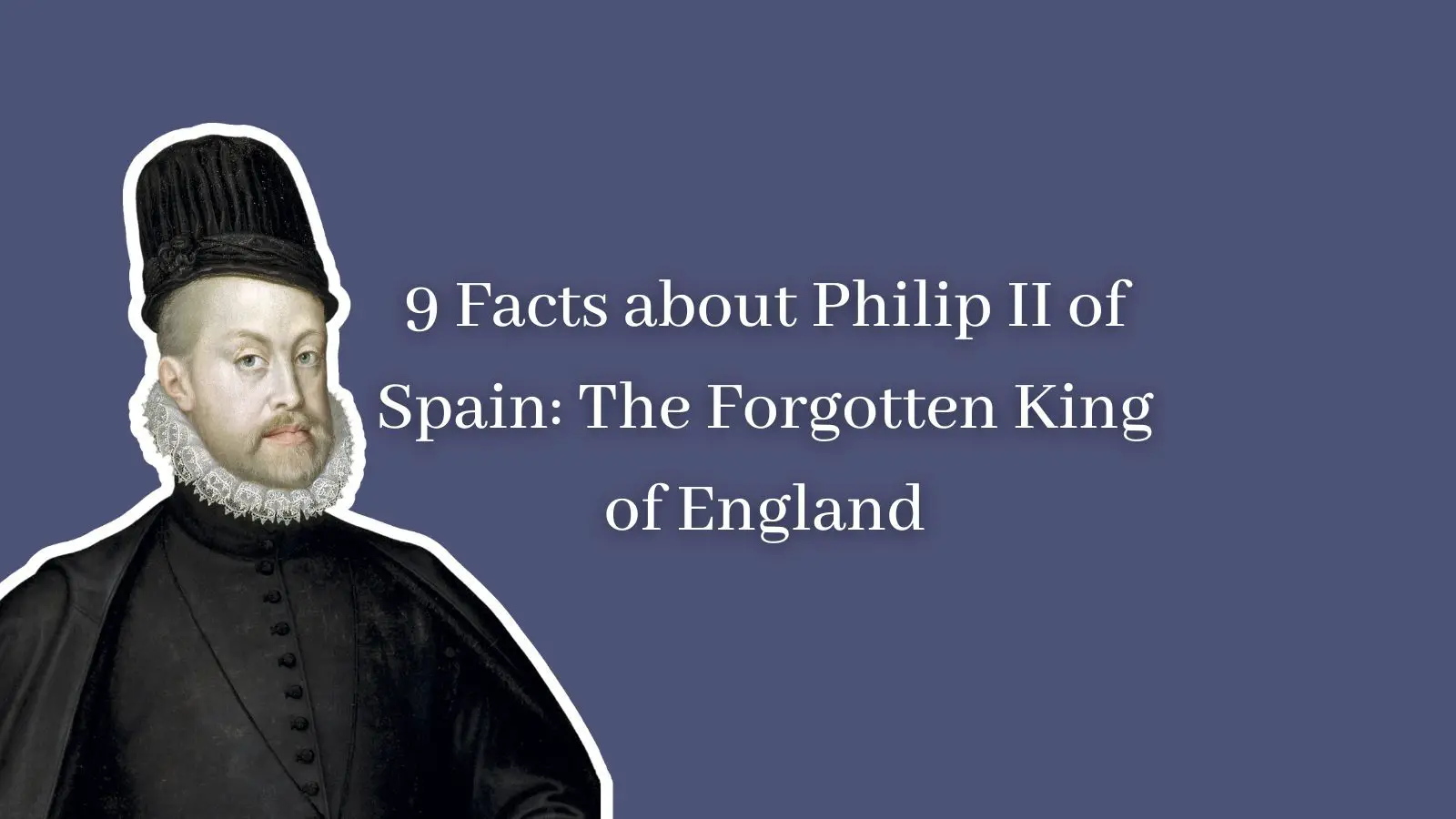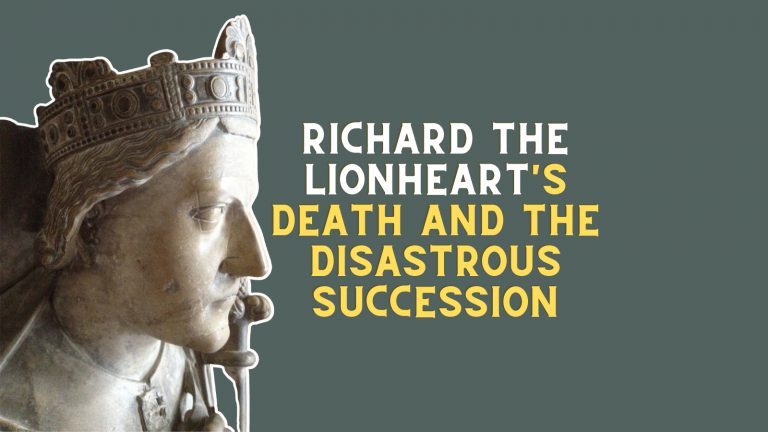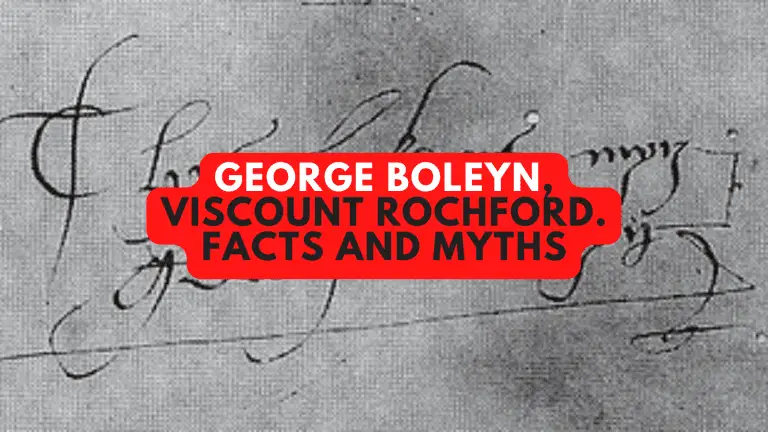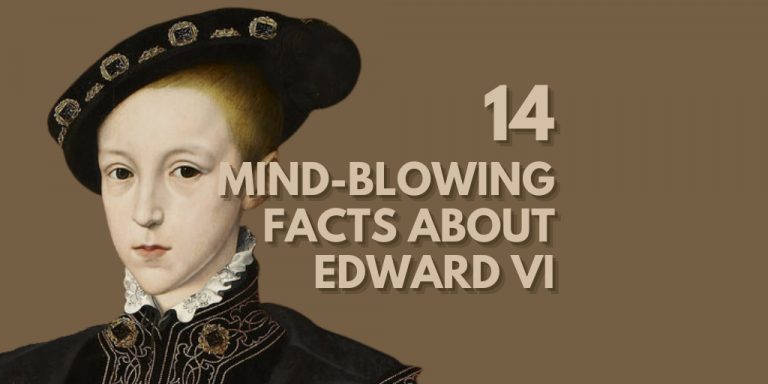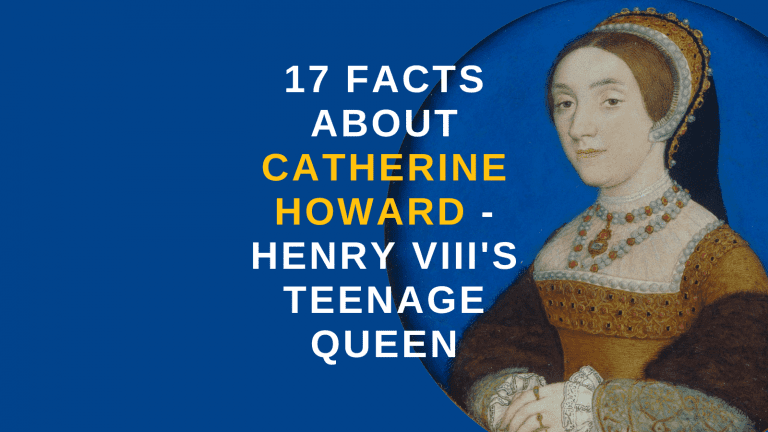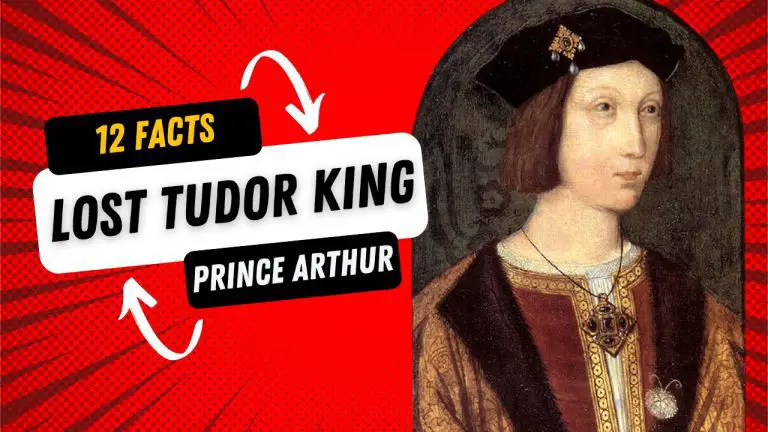9 Facts about Philip II of Spain: The Forgotten King of England
Philip II of Spain was also King of England. However, this fact is almost lost to history.
Philip was born on the Taurus-Gemini Cusp on the 21st of May 1527; he would be fated to be social, smart, mentally and physically strong, agile, youthful, and exceedingly energetic.
He was the forgotten king of the Tudor era. He was the husband of Queen Mary I, otherwise known as Bloody Mary. Here are some facts about King Philip II of Spain.
1. Philip II of Spain was the son of Charles V
Philip was the very dutiful son of the Holy Roman Emperor Charles V and Isabella of Portugal. As such, Philip reigned as King of Spain between 1556 and 1598, King of Portugal as Philip I between 1580 and 1598 and the champion of the Roman Catholic Counter-Reformation.
His father, Charles V, was Holy Roman Emperor and Archduke of Austria between 1519 and 1556, King of Spain (Castile and Aragon) from 1516 to 1556, and Lord of the Netherlands from 1506 to 1555 as titular Duke of Burgundy. Once he took the Spanish thrones, he was motivated to marry his first cousin, Isabella of Portugal. She was the daughter of King Manuel I of Portugal and Charles’s aunt Maria of Aragon, which made Charles nephew to Catherine of Aragon.
2. Philip II had a debt of 36 million ducats
Charles V left Philip in debt to the tune of around 36 million ducats on top of an annual deficit of 1 million ducats. Philip II, as a result, defaulted on loans in 1557, 1560, 1575, and 1596, which proved to be just the start of Spain’s economic troubles. Over the next 65 years, the Spanish kings defaulted another six times, and lenders were powerless to force repayments from the kings.
3. He married four times – almost beating Henry VIII
Philip II of Spain went on to be ‘well-married’, in more ways than one would imagine. In fact, he was the bridegroom four times in his life.
First to his cousin, Maria of Portugal, who died just two years after their 1543 marriage while giving birth to their only son, Don Carlos.
It was his second marriage in 1554 to Mary I of England that made him joint sovereign of England.
Mary died without issue in 1558, and Philip married Elizabeth of Valois, daughter of Henry II of France, a short year later. This third marriage produced two daughters, Isabella Clara Eugenia and Catherine Micaela.
After Elizabeth died in 1568, Philip married for a fourth time, choosing Anna of Austria in 1570. This bride was the daughter of his first cousin, the emperor Maximilian II. She died in 1580, leaving one surviving son who went on to become Philip III.
4. Philip II of Spain had many titles
Philip was the holder of many diverse titles. These listed do not include his honorary titles:
Prince of Gerona, Prince of Asturias, King of Castile as Philip II, King of Aragon as Philip I, King of the Two Sicilies: King of Naples, King of Sicily, King of Valencia, King of Majorca, King of Sardinia and of Corsica, Margrave of Oristano, Count of GoceanoKing of NavarreCount of Barcelona, of Roussillon, of Cerdanya, King of Portugal as Philip I, King of England de jure uxoris as Philip I King of England, France (titular); Defender of the Faith, King of Ireland.
Imperial and Habsburg patrimonial titles: Duke of MilanImperial vicar of SienaArchduke of Austria, Princely Count of Habsburg and of TyrolPrince of Swabia
Burgundian titles: Lord of the Netherlands, Duke of Lothier, of Brabant, of Limburg, of Luxemburg, of Guelders. Count of Flanders, of Artois, of Hainaut, of Holland, of Zeeland, of Namur, of Zutphen. Margrave of the Holy Roman Empire, Lord of Frisia, Salins, Mechelen, the cities, towns and lands of Utrecht, Overyssel, Groningen, Count Palatine of Burgundy; Count of Charolais. Duke of Burgundy,
Dominator in Asia, Africa
Despite holding many titles, inherited, earned and honorary, Philip was not very decisive and was famously known for procrastination and an inability to make decisions.
5. Philip II of Spain, King of England
What was decisive, though, was how his marriage to Queen Mary I of England led to him becoming jure uxoris King of England and Ireland. It was, of course, a marriage of convenience, and during the short period they were matrimonially united, Philip was seldom with her in England.
Mary’s death ended Philip’s reign in England and Ireland, and he was not even in the country at the time of her death.
The union did lead to the Parliament of England in April 1554 passing the Act for the Marriage of Queen Mary to Philip of Spain. Known in short as Queen Mary’s Marriage Act, it served to regulate the future marriage and joint reign of Queen Mary I and Philip of Spain. It served better, in actual fact, as a business contract between England and Spain since it showed what Spain might expect from the union.
The marriage treaty also secured England against becoming a satellite of Spain. Philip would, by virtue of the Act, share Mary’s titles and honours as King of England and Ireland for the duration of the marriage, effectively co-reigning with her. This ensured that Philip could never enjoy too much power. It disallowed him from appointing foreigners to office, removing his wife or their progeny from her realm, and rights to the crown after her death. The Act was repealed by the Statute Law Revision Act 1863.
6. Philip II of Spain wanted to marry Elizabeth I
King Philip tried to marry Mary’s half-sister, the Protestant Queen Elizabeth I of England, following Mary’s death. He wanted to keep his influence in England and, more importantly, keep the Catholic faith in England. However, Elizabeth was not keen on the match. Perhaps she was fully aware of royal “problems” when marrying the widower of a sibling. (Her father, Henry VIII’s marriage to his brother’s widow, Catherine of Aragon.)
7. He was a religious fanatic
Philip was a religious fanatic, loyal to a fault to the Catholic Church, with a desire to improve the quality of the Spanish Church. He regarded himself as the defender of Catholic Europe against the Ottoman Empire and the Protestant Reformation, promoting the interests of Catholicism beyond Spain’s borders. It was he who enforced the decrees of the Council of Trent in Spain. The Spanish Inquisition was his tool to eradicate heresy and keep an eye on how the reform programme was progressing.
8. Philip II of Spain was the man behind the Spanish Armada
For a man who once contemplated marrying Elizabeth, Philip II of Spain’s obsession with overthrowing her was long-standing and fervent. Philip dispatched the Spanish Armada to invade England to do just this. Launched as a planned invasion of England in 1588, ‘la felicissima armada’ or ‘the most fortunate fleet’, comprised 150 ships and 18,000 men. Philip II regarded this, the largest fleet known to Europe, to be invincible.
Leading up to the Spanish Armada was a long period of religious and political differences between Catholic Spain and Protestant England. Elizabeth had ordered the execution of Mary Queen of Scots, who was Spain’s Catholic ally. This proved to be the straw that broke the camel’s back as far as Philip II was concerned, detonating religious tensions between the two countries.
Of the 150 ships that formed the initial Armada, only 65 managed to make it back to Lisbon, with too many seeing their watery end on the rocks off the Scottish and Irish coasts. A year on, Philip sent a smaller fleet of approximately 100 ships off, which also got blown back to Spain after encountering storms off Cornwall. It took many years for peace to settle between the two countries, coming only during the reign of James I between 1603 and 1625.
9. Philip died of Cancer
Philip II succumbed to cancer in a region near Madrid on 13 September 1598 and his 20-year-old son Philip III took over the throne.
